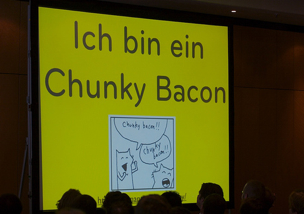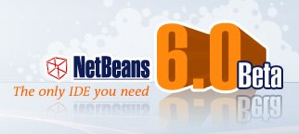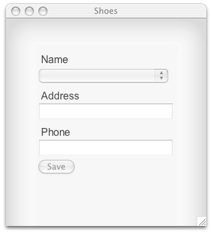Charles Nutter says:
It is a glorious day in JRuby-land, for the compiler is now complete.
But not only is it a glorious day in JRuby-land, but in Ruby-land proper as Charles has announced that the JRuby-based Ruby 1.8 compiler is now “complete!” Excellent work guys. This is still early days, but with the leaps being made by both the JRuby, Rubinius, and Ruby 1.9 teams as of late, the state of Ruby interpretation and compilation is set to radically evolve over the next year. No longer shall our runtimes be mocked by the Pythonistas! Read More

















